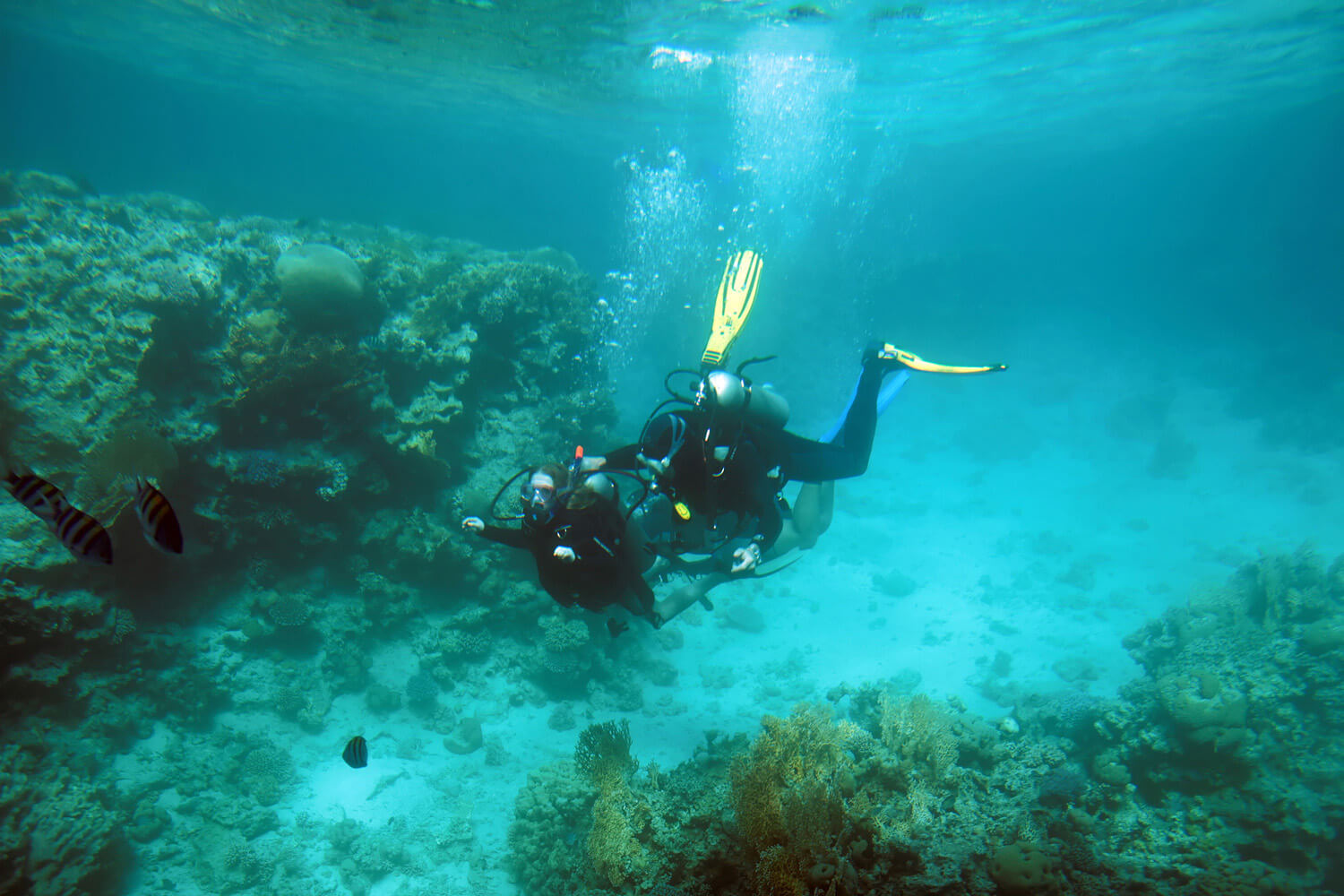Blog

Marine environment and its specificities
- by Cindy
-
in Blog
-
Hits: 3394
Definitions about marine environment
Two third of our planet earth is covered by marine environment. Since its formation on earth, this environment evolved a lot with the change of tectonic plates, of the atmosphere and biosphere. This environment is characterized by the salinity of the water and is influenced by factors like light, depth, temperature, presence of oxygen and nutrients.
When we speak about salinity, we refer to the total amount of dissolved salts in a body of water and usually the unit we use is parts per thousand (ppt). In general, we have a salinity of 35 ppt, it means 35 grams of salt per liter of water. This salinity is important for marine life, if there is a change it can impacts their health and survival.
Light is also important for the marine environment; it will impact the distribution of marine organisms. Based on the penetration of light in the marine environment we have 3 zones. Euphotic zone (high level of light, from surface to 200m); Dysphotic zone (medium light, from 200m to 1000m); Aphotic zone (dark, from 1000m).
The temperature, as you can imagine, is also an essential factor in marine environment. The temperature at the surface is in average about 17°C and in average about 0-3°C in depth. In diving when we speak about thermocline, we refer to the abrupt change of temperature when we pass from a warm water zone to a cold one. The temperature is influenced by currents, weather, seasons.
The oxygen level is another important factor for the marine environment. As a reminder over half of the oxygen on earth is produced by the oceans. The oxygen is essential for the survival of most of the marine organisms. It also affects the nutrient cycling. Today, we have a phenomenon in major parts of the ocean called “deoxygenation” because of the pollution in the atmosphere that creates an excessive growth of algae and microorganisms which consume oxygen. It is a major threat to marine life.
The nutrients in seawater are essential for marine productivity. The main nutrients are nitrogen and phosphorus absorbed by primary producers that make photosynthesis. Nutrients are dissolved and distributed in the marine environment by a movement called “upwelling” that moves nutrient from deep zones to shallower.
Finally, the marine environment is classified in 2 zones, pelagic zone is the area where the water is open and free, and the benthic zone could be compared to the bed of the ocean.
Comments
- No comments found




Leave your comments